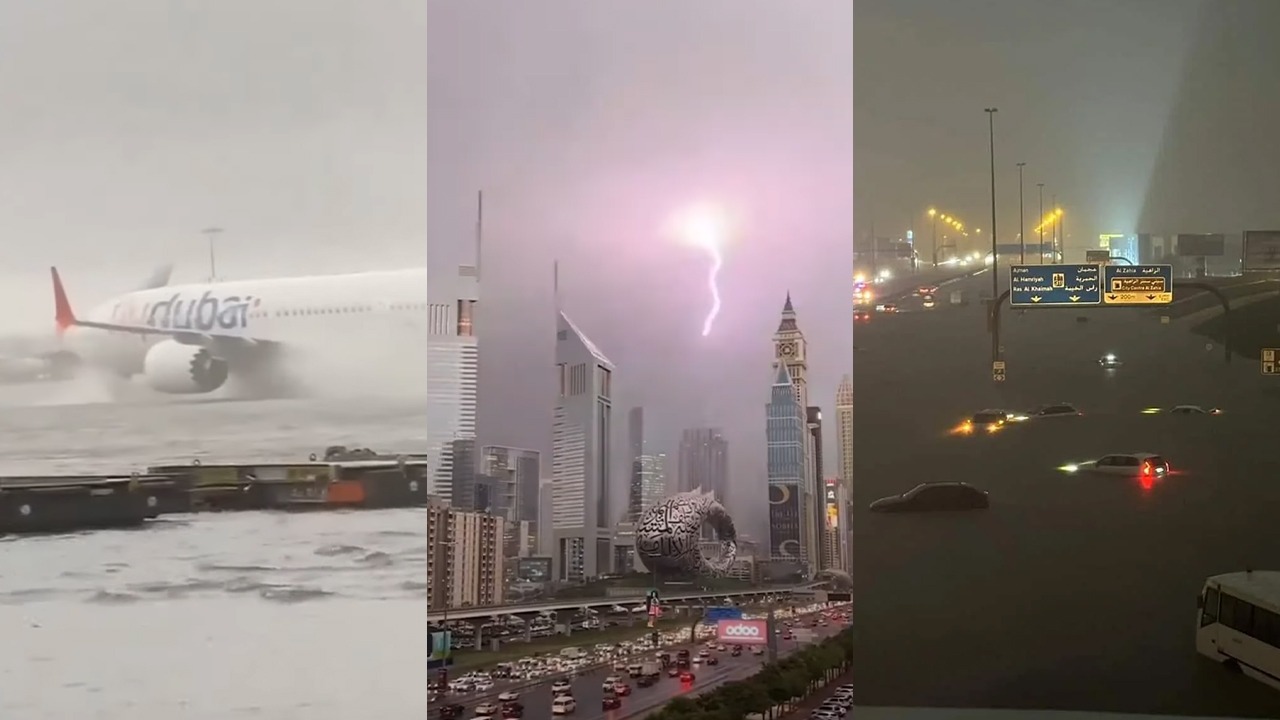
Dubai, a city known for its arid climate and blistering temperatures, recently faced an unexpected challenge as torrential rain swept through the desert landscape, triggering widespread flooding. This event not only disrupted the city’s usual pace but also raised concerns about the influence of climate change on extreme weather phenomena in the region. In response to the UAE’s water scarcity challenges, innovative solutions like cloud seeding have emerged, offering a glimpse of hope amidst environmental uncertainties.
Decoding Dubai’s cloud seeding: A solution to water scarcity or environmental risk?
The UAE’s Water Challenge
In the United Arab Emirates (UAE), where the average annual rainfall is less than 200 millimeters and summer temperatures can soar to a staggering 50 degrees Celsius, the demand for water resources is immense. The country heavily relies on groundwater sources, putting pressure on its already limited water supply.
Cloud Seeding
To address this pressing issue, the UAE has pioneered innovative solutions, one of which is cloud seeding. This technique involves the introduction of “seeding agents” into clouds to stimulate the condensation process and induce rainfall.
Understanding Cloud Seeding
Cloud seeding is a complex process that begins with the monitoring of atmospheric conditions by weather forecasters. Suitable clouds are identified based on precipitation patterns, and specialized aircraft equipped with seeding agents are dispatched to target these clouds.
The UAE’s Efforts in Cloud Seeding
The UAE initiated its cloud seeding program in 1982 and has since collaborated with scientific institutions worldwide to enhance its effectiveness. The Rain Enhancement Program (UAEREP), managed by the Emirates’ National Centre of Meteorology (NCM), spearheads these efforts.
Environmental Concerns
While cloud seeding offers potential benefits, concerns have been raised about its environmental impact and the safety of the seeding agents used. To address these concerns, the UAE’s program avoids harmful chemicals like silver iodide and instead utilizes natural salts as seeding agents.
The Future of Cloud Seeding
Despite ongoing experimentation with new seeding agents, such as nano materials coated with titanium oxide, questions remain about the long-term sustainability and impact of cloud seeding on the environment.
Balancing Innovation and Environmental Responsibility
As the UAE continues to grapple with water scarcity, the development of innovative solutions like cloud seeding is crucial. However, it is equally important to prioritize environmental sustainability and ensure that these interventions do not inadvertently harm the delicate balance of nature.
Dubai’s foray into cloud seeding represents a bold step towards addressing water scarcity in the face of escalating climate challenges. While the technique shows promise, careful consideration of its environmental implications is essential to ensure a sustainable future for the region. By balancing innovation with environmental responsibility, Dubai can navigate towards a more water-secure future while preserving its natural ecosystems.













